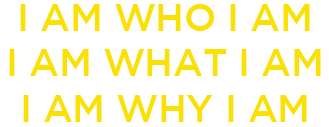09 Jun Practical And Idealistic Diversity
In recent years there’s been a loud call for diversity at large companies. The practical ideology supporting diversity is that without discrimination an organization can access wisdom (see the wisdom of the crowd) which is essential to realizing its potential.
However, diversity, as articulated by government, is superficial and not as effective as true diversification. As the government sees it, individuals are not unique but belong to one or several groups; religious, racial, sexual, ethnic, etc. The goal of diversity is to have employees in every large organization as members in different groups such that all groups are represented in an organization in some proportion that reflects society at-large. This mechanical approach often misses its intended goal as the viewpoints of members from different groups are not necessarily meaningfully diverse.
Organizations naturally discriminate in their hiring practices. For example, it “makes sense” for a company to require all hires to be hardworking people. However, a company that aims for a diverse workforce would hire a few lazy workers as well. While the lazy workers might put a drag on existing operations, they would likely find easier processes to get the job done which would lead to greater efficiencies. That’s the benefit of having a diverse workforce.
The government also has an idealistic ideology that promotes diversity. It is the absurd notion that relative equality among members in society makes for a happy society. As the human species benefits by having diverse talents and personalities, there will always be lazy and industrious people. However, few industrious people work industriously for similar financial outcomes as those who are lazy. Hence, the idealistic ideology promoting diversity leads to a lower standard of living on average for all. That’s unlikely to make many societal members happy.

